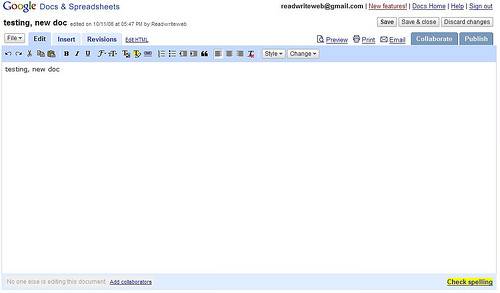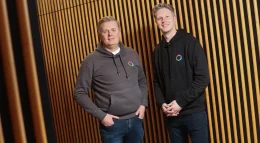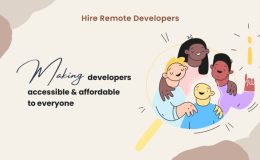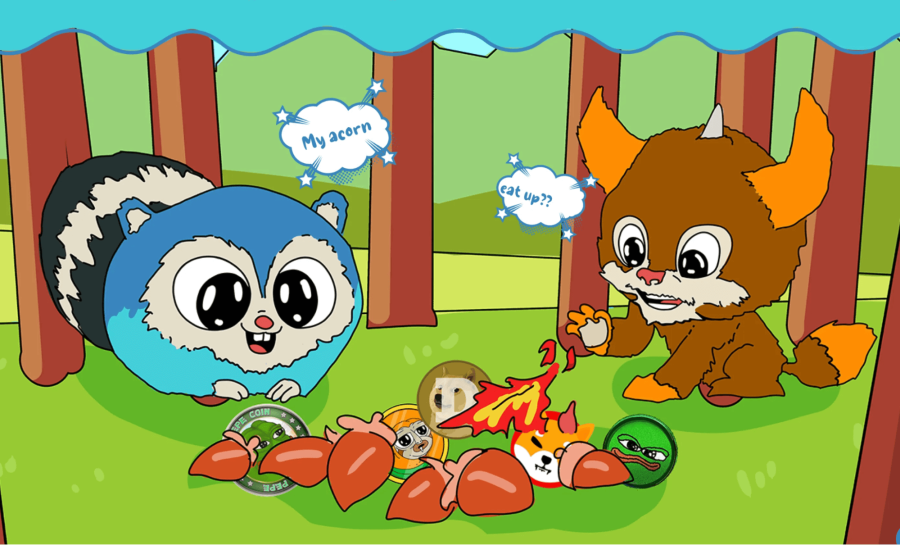
In 1999, Linux founder Linus Torvalds joked about plans for world domination. But as the Linux kernel celebrated its 20th birthday this year, Linux, and open source in general, have achieved a limited version of world domination. As we reported in August, Linux in its many forms now powers a majority of the world’s supercomputers. Apache web servers running on Linux and other Unix operating systems serve up the majority of the web sites on the Internet, and Linux powers some of the biggest sites on Earth—including Facebook, Google and Wikipedia. And embedded versions of Linux are part of the explosion of network-connected consumer devices, most notably as the basis of Google’s Android mobile OS.
But there’s still at least one place where Linux hasn’t achieved the dreams of Tux the Penguin t-shirt wearing true believers, and that’s the desktop. It isn’t from a lack of trying, to be sure, with two major new Linux desktop environment releases this year: GNOME 3.0 and Ubuntu’s Unity interface. GNOME 3.0 was a major update for the GNOME Project, originally launched by Miguel de Icaza and Frederico Mena in 1997. Efforts to kickstart a 3.0 version of the desktop environment had been in the works for almost six years, finally gaining traction in 2008. In our review of the release, we found the new shell—based on the Clutter drawing toolkit—to be simple and unobtrusive, but ran into problems with with graphics card compatibility in the openSUSE implementation. And there were some interesting decisions made in the new design that undermined its overall usefulness (some of which we showed how to fix in a follow-up look in June).
The Unity interface, made the default front-end in the Ubuntu 11.4 “Natty Narwhal” release, was a totally new desktop shell, originally intended for netbooks and other small form-factor devices. In our review in April, we found a lot of rough spots in the Unity interface (some of which were improved on in the 11.10 “Oneric Ocelot” release in October), but found a lot of potential in the Software Center and the overall user experience—and the next release, 12.04, promises to be a good candidate for day-to-day desktop use.
There were other ripples in the open source desktop world this year. Oracle’s acquisition of Sun Microsystems last year threw into question the future of a number of open-source projects that had found a home at Sun. The project, a fork of OpenOffice launched by The Document Foundation, was a response to the uncertainty that came with the Oracle acquisition, and gained a good deal of momentum this year. Early this year, the project had its first release, and gained rapid acceptance—as well as drawing away much of the developer community from the OpenOffice project. Oracle essentially abandoned OpenOffice in June offering it up as an incubator project to Apache. But it’s unclear what the relationship between the two open office suite projects will be going forward, as Apache attempts to draw developers back to the OpenOffice core.
Oracle’s swallowing of Sun wasn’t the only acquisition from last year that continued to create waves in the open source community this year. Attachmate’s acquisition of Novell in late 2010 and the sell-off of some of Novell’s assets to Microsoft resulted in more fallout in 2011. While Attachmate promised to continue to support SUSE Linux, it cut loose the Mono development team, which created the open souce implementation of Microsoft’s .NET platform and C# programming language. In May, Miguel de Icaza, who launched Mono at Ximian (the company he founded with Nat Friedman in 1999, which was acquired by Novell in 2003), started a new company to carry on Mono development and other projects, called Xamarin. Icaza said that the company will build its own new Mono frameworks for Apple’s iOS and Google’s Android, and work to port the Moonlight open-source version of Microsoft’s Silverlight player for both mobile platforms. Attachmate still owns the rights to the MonoTouch and MonoDroid mobile tools originally developed by the Mono team, but it’s doubtful that the company will be able to continue to support them minus the whole Mono team.
While it wasn’t an acquisition, Nokia’s forging of a “strategic partnership” with Microsoft spelled trouble for another Linux-related project. Nokia’s move to make Windows Phone 7 the company’s primary platform was accompanied by the company’s abandonment of Meego, the mobile Linux operating system that it had been jointly developing with Intel and the Linux Foundation. In September, Intel denied it was giving up on Meego—but just a few weeks later, the Linux Foundation announced a new mobile Linux effort, called Tizen, backed by Intel and Samsung, displacing Meego. Tizen’s development is focused on presentation using HTML5, according to a post made by Intel’s Imad Sousou to the Meego blog, but there has been little further news from Tizen since. (And in the meantime, adding clutter to the landscape, Hewlett-Packard open sourced the Linux-based webOS that it had orphaned with the destruction of its Palm unit.)
Speaking of HTML, there was drama this year in browser-ville as well, as Mozilla ramped up the rate of releases of the Firefox browser—releasing Firefox 4 in March, Firefox 5 in June, and then a continuous stream of quick releases (with Firefox 9 arriving just this week). The rapid release approach flummoxed many enterprise users because of their testing policies for browsers. But as Ars’ Peter Bright pointed out, the new update policy isn’t really new in any way other than the numbering, and it’s more a flaw in corporate IT practices than Mozilla’s release strategy.
Source Arstechnica






















